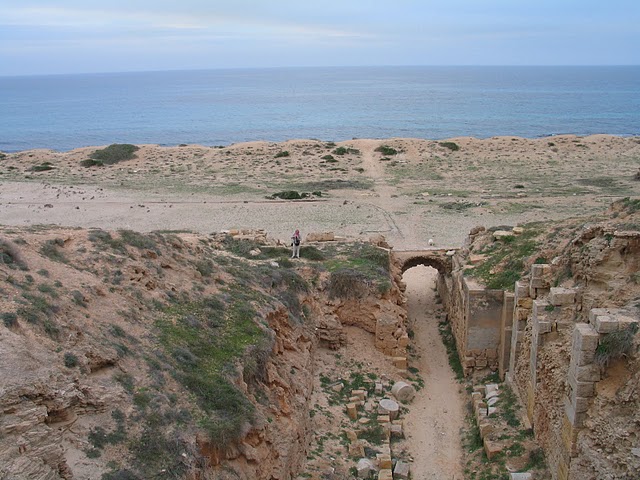Books are dead. Yes, I know they still exist and are produced in great numbers, but they are dead, and will start to vanish in the next 10 years. Within our lifetimes we will see days when the book as we now know it is hardly remembered.
I’m thinking, of course, of academic books. These contain information. We are accustomed to seeing that information as a “book”. But a book — a codex, in technical terms — is merely a form of presentation. In the computer programming world it is old news that presentation and content (or “business logic” as it is called) are and must be kept as separate things, and that several different presentation layers can be bolted onto the front of content.
When an academic produces a book, the format and layout are part of what he considers. The indexing, the table of contents, the divisions. And yet… none of these are essential to what he has to say. They are merely features of the paper-and-binding output method that he has in mind. The composition these days will be entirely electronic; and only after that will a stage of turning it into a book be undertaken.
Imagine a world in which the internet has progressed yet further. People pass around what we might call “datasets” — indeterminate chunks of information. These are electronic. But associated with them will be one or more output methods.
Now I can’t read vast quantities of information on-screen, and that will still be true. But what stops us taking a dataset and sending it to a laser printer? Not much, except that a bound book is more convenient to handle. OK; imagine that firms exist that will just take the dataset and turn it into a codex, more or less automatically. Such firms already exist; but imagine the principle extending.
A dataset pops into my inbox. I look at it — it’s a video-clip. It has an output method to screen on my PC; and another output method to DVD. I press the button on my email, enter my credit card details, and off the dataset goes, to a firm that will turn it into a DVD and post it to me, to hit my doormat tomorrow morning. (Of course in an ideal society we would have multiple postal deliveries a day; and why shouldn’t we? They did in Victorian times)
Another dataset arrives. It’s Dr Matthews dataset on inscriptions in North Africa. Yes I could open it on screen, but I can see that it is bulky and has multiple sections — what we used to call chapters. I do a word search, and can see it has many interesting items. I need to read this. Fine; I hit the button and select from the list of automatic output methods. One of these is “codex”; I pay, and tomorrow the bound book arrives.
What need, then, for the highly expensive utility that we call a “publisher”? What need for printing presses, when the process is a button on a screen? Dataset publishers will exist, and grow, and flourish, earning their revenues from selling content, not format. This will become practical in the not too distant future, I think. Likewise datasets will acquire trust — or otherwise — in some means. This is an essential stage in the transformation, but it will come. Because the dataset is vastly more convenient in every way, including price, to everyone from consumer to supplier to author, than the modern academic printed book.
At the moment publishers really only sell online versions of offline content, and are still thinking in physical terms. But this will change. Why limit oneself to a format now obsolete?
We are accustomed to treating a book with reverence, an artefact, a thing produced only by a special magic. But in truth it is nothing more than a piece of paper with ambition.
And this is why the book — the academic book, anyway — is dead.
Like this:
Like Loading...

